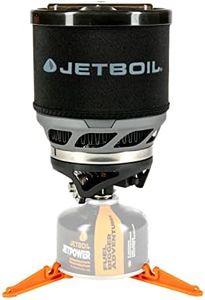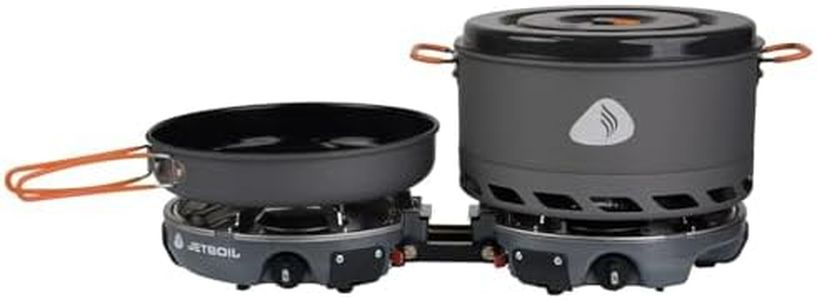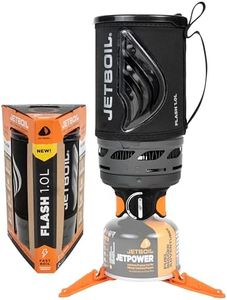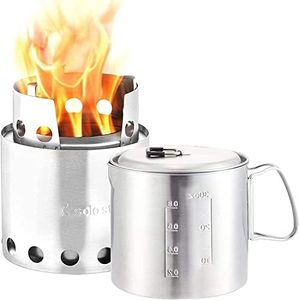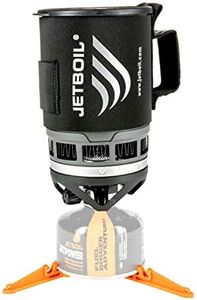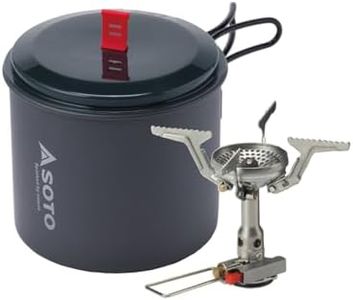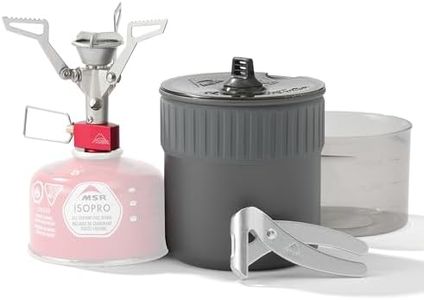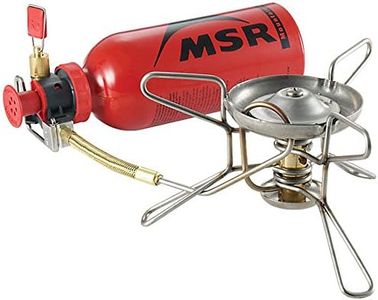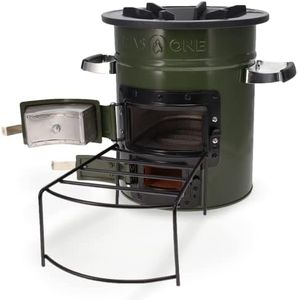We Use CookiesWe use cookies to enhance the security, performance,
functionality and for analytical and promotional activities. By continuing to browse this site you
are agreeing to our privacy policy
10 Best Backpacking Stoves
From leading brands and best sellers available on the web.Buying Guide for the Best Backpacking Stoves
Choosing the right backpacking stove means finding a balance between your cooking needs, the conditions you'll face, and how much weight and space you can spare in your backpack. Great backpacking stoves are reliable, easy to use, and suited to the type of fuel you plan on carrying. Before making a choice, think about where you'll be using it most often: high altitudes, cold weather, or easy weekend trips. Consider how many people you usually cook for and what kind of meals you'd like to prepare. The right stove will make your trips more enjoyable and mealtimes much easier.Stove TypeBackpacking stoves come in a few main types: canister stoves, liquid fuel stoves, and alternative fuel stoves (like alcohol or wood stoves). Stove type determines what fuel you can use and impacts weight, ease of use, performance in cold weather, and maintenance. Canister stoves are usually lightweight and easy for beginners, great for simple meals and quick boiling but can struggle in cold or high altitudes. Liquid fuel stoves use fuels like white gas, perform reliably in the cold, and are versatile, but are heavier and require more careful operation. Alternative fuel stoves are ultra-light and have simple designs, but are less powerful and need practice. Choose a stove type that fits the environments you'll be in and the kind of cooking you want to do.
Weight and PackabilityThe weight and size of your stove matters because you’ll be carrying it on your back, sometimes for long distances. Ultralight models are popular for solo hikers or those wanting to travel fast and light, while larger stoves may be better for group cooking or more elaborate meals. If your trips are short and simple, you can prioritize weight. For groups or gourmet cooking, a slightly heavier but more stable stove may be worth it. Think about how much gear you already carry and whether you prefer a stove that can tuck easily into a pot or needs a separate storage spot in your pack.
Fuel EfficiencyFuel efficiency tells you how quickly a stove boils water and how much fuel it uses per meal. Efficient stoves mean you carry less fuel, which is great for longer trips or remote areas. High-efficiency stoves boil water quickly, saving time and fuel, but may cost more or be heavier. Some trips require more simmering and cooking, where adjustability matters for fuel savings. If you boil water mostly for drinks and simple meals, prioritize fast and efficient boiling. If you cook real meals with simmering, find a stove that has a good balance between efficiency and control.
Simmer ControlSimmer control is the ability to adjust the stove flame for delicate cooking versus just full heat for boiling. Not all stoves can lower the heat well; some are basically on or off. If you only boil water for coffee or freeze-dried meals, simmer control isn’t crucial. But if you like to cook pancakes, rice, or anything that needs gentle heat, look for a stove known for good simmer control. Think about what you like to eat on the trail and match your stove’s flame control to that.
Stability and Wind ProtectionStability is how well the stove supports your pot and stays upright, while wind protection is about how well the stove works when it’s breezy. Smaller or lighter stoves can be less stable especially with big pots, and exposed burners can lose heat fast in the wind. If you cook in windy areas or want to use larger pots, find a stove with good built-in wind protection or use a windscreen. For solo trips with small pots, stability and wind resistance matter less but still can make cooking safer and easier.
Ease of Use and MaintenanceSome stoves are super simple: just screw on a canister and light it. Others, like liquid fuel stoves, need priming and cleaning. If you’re new to backpacking or value convenience, go for an easy-to-use stove that’s simple to maintain. If you travel internationally or like adventure, you might pick a liquid fuel stove that works with many fuel types, but you’ll need to learn some upkeep basics. Think about your comfort level with gear and whether you’d rather have something that ‘just works’ or something you can troubleshoot.

